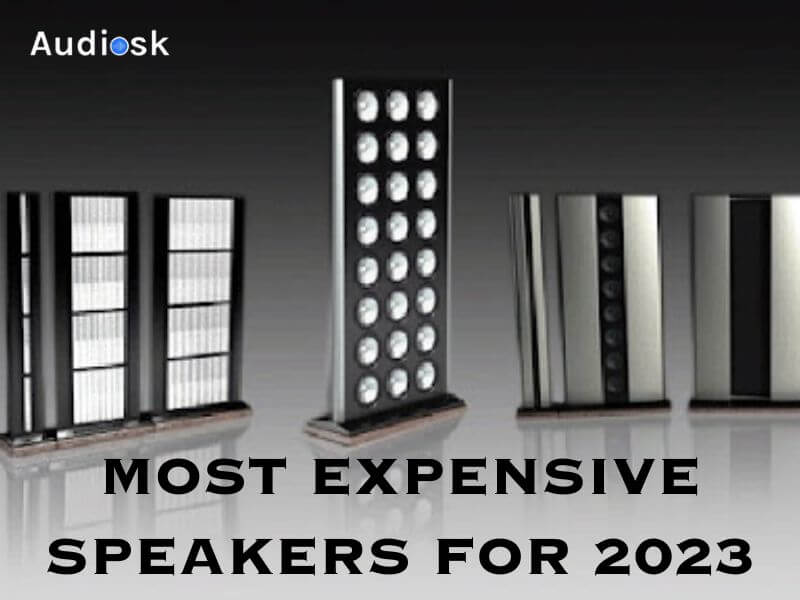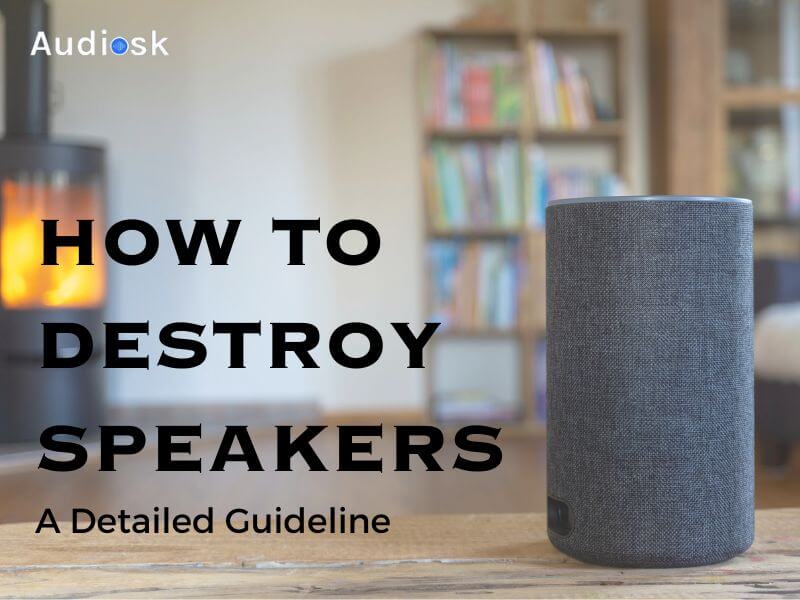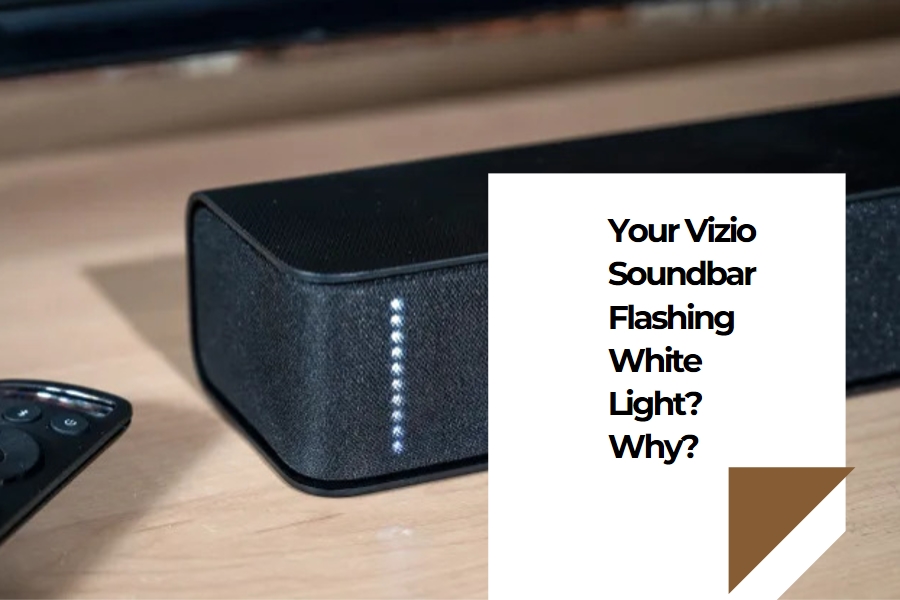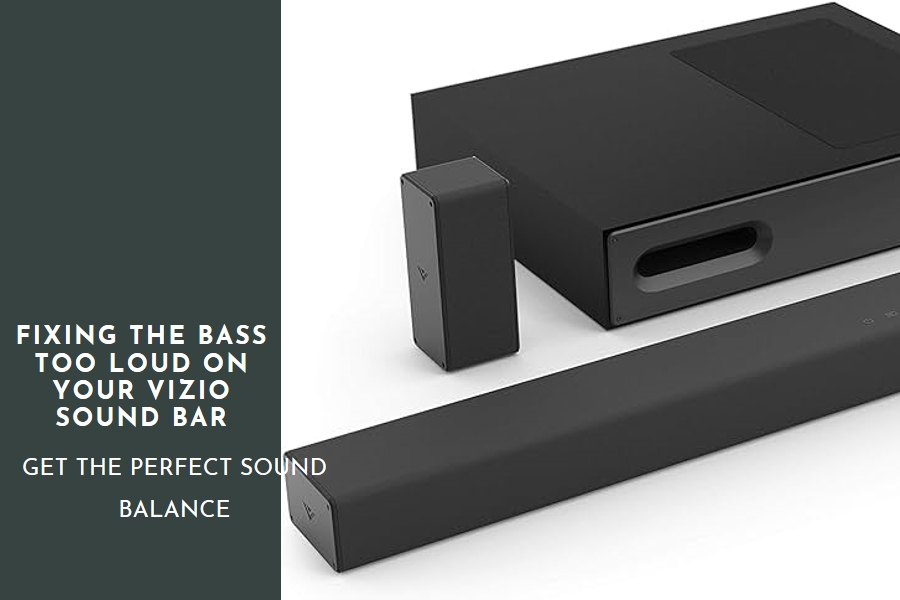If you’re preparing your home or car sound system and get to the bass speaker, a big consideration is whether its phase switch should be normal or on reverse.
Such a choice really affects how good your music sounds and feels. Because many people new to high quality sound are not familiar with these bass speaker phase settings. They must learn this to hear music without any strange noises.
At audiosk, we’ve got some simple tips to help you choose the right setting for your system. Today we start on this topic.
What Is The Subwoofer Phase?
In the world of sound systems, and especially when talking about subwoofers, phase adjustment is an important concept. In essence, this feature enables us to manipulate the arrival time of the subwoofer’s audio signal in a range between 0 and 180 degrees.
The purpose of making this adjustment is to get the subwoofer’s output working coherently along with that coming from all the other speakers in a room.
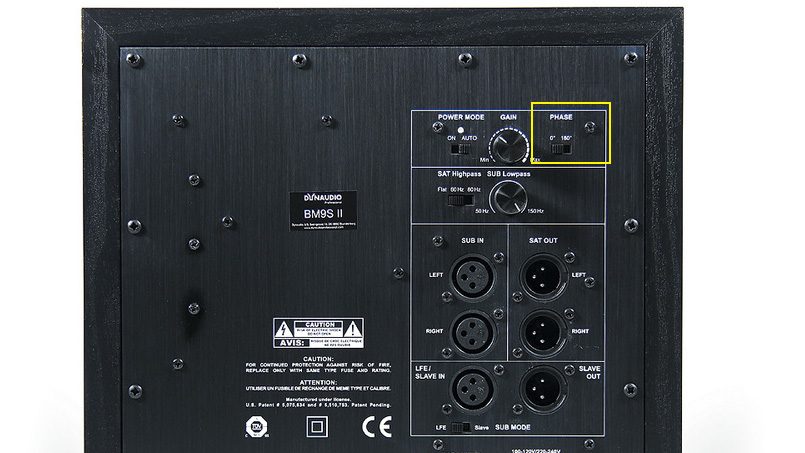
All sorts of factors affect overall sound quality, but the phase setting is especially important in defining how well a subwoofer delivers its bass. That means the right setting is all-important; otherwise, if you get phase wrong, bass quality can be compromised.
To dig a little deeper, the phase can be adjusted anywhere from 0° to 180°. When set to 180°, the sign of polarity on subwoofer is changed so that low-frequency sound reproduction can be boosted.
For example, the subwoofer is near a wall opposite our main speakers. Setting the phase to 180° moves in the subwoofer’s driver and outward from those of our two other speakers (on their sides).
In this movement, the bass can be enriched and made richer. In our efforts to achieve the best possible sound, it is these tiny details which can make a noticeable difference.
Where Should You Set The Subwoofer Phase: Normal Or Reverse?
In the area of audio system adjustment, and especially when allowing for subwoofer tuning, whether to choose normal or reverse phase settings is a very important decision. This decision should depend on the characteristics of the audio system, room acoustics and individual listening tastes.
The most appropriate phase setting is a function of room acoustics and speaker location. In principle, both normal settings and the reverse phase are effective with different environmental conditions.
As a rule, as audio professionals we start with the normal one adjusted to neutral when beginning tuning on subwoofers.
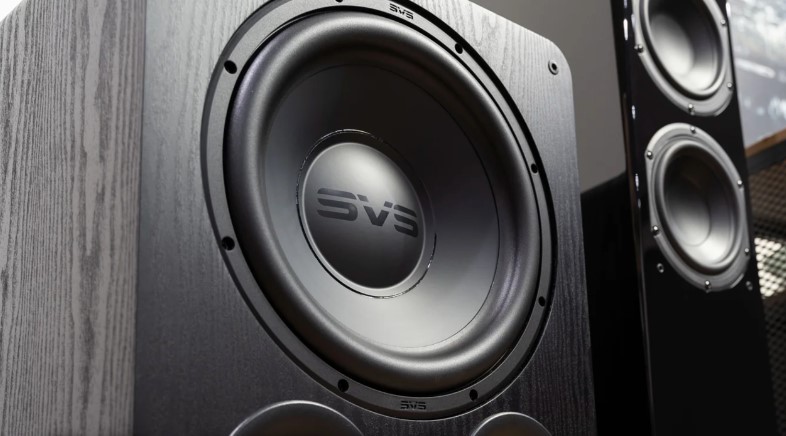
Several subwoofers have a variable phase control. This feature makes finer adjustments possible in terms of the subwoofer’s phase with respect to the main speakers and also allows for greater integration with room acoustics. An excellent tool for fine-tuning the audio experience.
We hope you try out these phasing settings different ways and find what works best to ensure good bass integration and overall sound for any audio system.
You should pay careful attention and try different setups until you get the best-sounding audio. For us, this process of listening and adjusting is at the heart of all our work to achieve a better sound experience.
Besides, When deciding to put a subwoofer in a cabinet, it’s important to consider the subwoofer’s phase setting, whether normal or reverse. The phase affects how the bass from the subwoofer aligns with sound from other speakers. In a cabinet, the subwoofer’s sound can interact differently with its surroundings, potentially requiring a phase adjustment.
If the bass sounds less impactful or out of sync, switching the phase from normal to reverse, or vice versa, can improve the sound quality. Experimenting with both phase settings helps find the best match for your specific setup, ensuring the subwoofer delivers optimal bass performance even when placed inside a cabinet.
What are Normal and Reverse Phases?
Below is the concept of Normal and Reverse Phases:
Normal Phase
Especially with the subwoofers and main speakers, 0° normal phase setting is a basic setup. This way, the sound waves from the subwoofer will line up with those of this main speakers. For example, it coincides the peaks (high points) and troughs (low points) of these sound waves. This alignment produces a substantial improvement in bass frequencies.
This is a more integrated and harmonious bass, when we set it in our audio configuration. This type of sound integration is key to a coherent sonic environment.
It’s particularly advantageous in home theater and other applications where a tight, strong bass response is key. In such settings, our goal is to create an immersive and effective sound experience in harmony with the intended audio content.
Reverse Phase
Adopting the reverse phase means that a subwoofer’s phase is set to 180 degrees. This arrangement calls for a reversal of the polarity of conductors carrying signals from each main audio channel. Because of this polarity reversal, there is a slight delay in signal transmission.
Thus, in this reverse-phase stage configuration the up and down movement of a subwoofer’s cone is reversed from its normal orientation. This makes the subwoofer out of step with all the other speakers in the system. However, in this state the subwoofer is pushing air through its driver in the opposite direction.
So, when our subwoofers are out of phase what does that actually mean? In fact, this is the opposite of ordinary subwoofer phase. Setting the subwoofer to reverse phase means that its cone moves inward when all cones of other speakers around periodically move outwards. This is true, and vice versa.
This change in movement patterns can effectively mitigate the noise cancellation effect, which frequently occurs when sound waves from different speakers interfere destructively. A clearer, louder sound The setting subwoofer to out of phase produces a better all-around listening experience. For certain room setups and audio configurations, this technique can be very effective in obtaining the required sound quality.
Subwoofer Phase Normal Or Reverse: What Are The Differences?
| Features | Normal Phase | Reverse Phase |
| Definition | Subwoofer output is in-phase with the main speakers. | Subwoofer output is out-of-phase with the main speakers. |
| Sound Wave Interaction | Makes bass sounds stronger when it matches with other speakers. | Cuts or lowers bass sounds when it doesn’t match with other speakers. |
| Bass Response | Gives even and together bass sound. | Can make some bass sounds stronger or softer, depending on room sound and speaker setup. |
| Speaker Integration | We often use this when putting the subwoofer in the middle or at the front. | Can be used in situations where the subwoofer is placed at a distance from the main speakers or in a different location. |
| Room Acoustics | Fits well in many room types and keeps the sound stage feeling natural. | Needs thoughtful thinking about room sound and possible phase cancellation. |
| Time Alignment | Keeps the right timing between the subwoofer and main speakers. | Might need extra timing changes to stay in sync with the main speakers. |
| Surround Sound Systems | Works well with usual surround sound setups. | Might need special setups and changes for certain surround sound types. |
| Personal Preference | Fits well with most sound systems and many people like it. | chosen by some listeners due to particular room or sound preferences. |
Tips and Remedies:
- Turning the phase of the subwoofer can enhance bass quality.
- If adjusting the phase switch fails to boost bass, position isn’t your problem; leave it at 0°.
- Setting phase to 180° will make the sound louder but muddier. In fact, lower settings are better for clarity.
- Place the speaker properly to achieve optimum bass response; most are more affected by incorrect positioning than phase settings.
When Should Your Subwoofer Be Avoided in Reverse Phase?
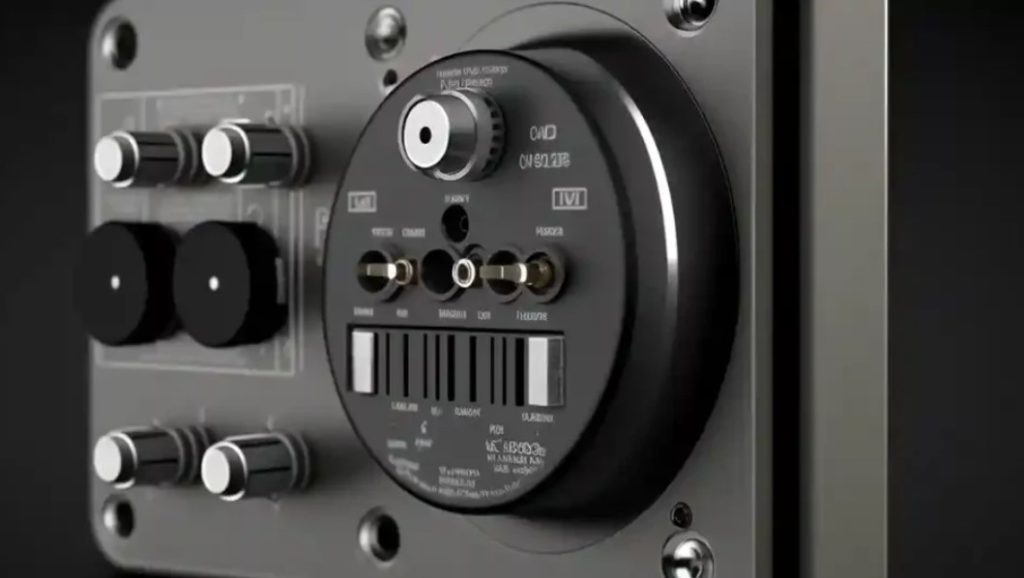
From our experience as professionals, we’ve found it very important to control properly the phase setting of your subwoofer in order to achieve clearer sound.
This is particularly true when you want some decrease in a speaker affecting too much space or its excessive volume would disturb noise-sensitive neighbors.
Typically, subwoofers offer two phase options: normal phase, 0 degrees; reverse phase, 180 degrees. Although reversing the phase of your subwoofer isn’t always necessary, it can be beneficial in several ways:
- Enhancing Dynamics: Turning the phase around may result in better defined low frequencies. Making this adjustment allows these frequencies to better cohere with the room’s acoustics, conceivably improving sound staging.
- Reducing Sound Cancellation: If such low-frequency sounds are out of phase when several speakers are involved, they may exactly cancel each other. To avoid this problem we can simply return the subwoofer to reverse phase, which will bring a more unified and vigorous sound.
- Minimizing Reverberation: Echo and reverberation can degrade sound quality. If we put the subwoofer in reverse, these effects can be minimized. This may well result for some listeners in clearer and more pinpoint audio imaging.
- Boosting Bass Notes: Room boundaries and objects may lose certain bass frequencies. But bass notes can be made to sound a little fuller and richer if the phase of one of the subwoofer’s large speakers is reversed.
The optimum phase setting may be different from time to time depending on your room’s special characteristics and personal listening taste. We suggest trying both settings to see what suits your space best.
If you want to fix subwoofer distortion, try adjusting its phase setting between normal and reverse. This can help align the subwoofer’s sound waves with your main speakers, reducing distortion. Switching the phase might clear up muddled bass, leading to a more balanced sound. This simple adjustment can significantly enhance your audio system’s overall sound quality.
Car Subwoofer Phase Normal Or Reverse
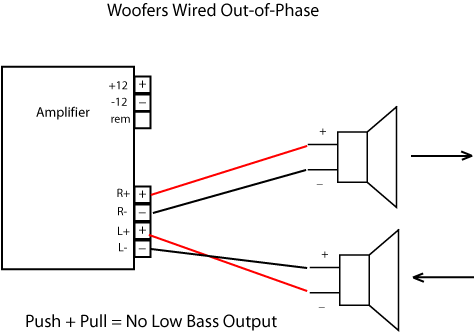
In our professional lives, we acknowledge that the phase switch on car subwoofers can really make a difference in how your system sounds. In general, we suggest using the ‘normal’ or standard 0-degree phase setting as a starting point. This makes the subwoofer match up with the main speakers, so that everything sounds in tune and well integrated.
But sometimes switching to a ‘reversed’, or 180-degree, phase is more suitable. This might have something to do with the special hassles inherent in your car or simply because you like how bass fits into an overall sound.
We suggest first conducting extensive experiments with a number of different settings, considering things such as the acoustics in your car and where you place speakers. This process is very important to determine the optimal configuration for best bass integration and overall sound performance in your car.
In brief, finding the proper setup for any audio system is not easy and in particular being able to do this within a car’s complex environment requires up-to-date information, an experimental attitude as well as lots of patience. You want the best sound quality and aesthetic appeal.
If your car subwoofers are properly managed, from such aspects as how they’re placed in the cabin to achieving a fine setting of their crossover frequency, then their contribution can be enhanced further. With this approach, you can reduce the amount of distortion or other unwanted effects in your audio signal chain.
Finally, only you really know what works for your particular car audio system and its mission. We hope you can invest some time conducting research and experimenting until the setup best suited to your tastes is discovered.
Conclusion
At audiosk, we often address questions about the best use of subwoofers at home and in vehicles, focusing on phase settings and placement.
To optimize sound, listen carefully. If it doesn’t sound right, adjust the phase switch, try an inverted setup, or set it to average, then tweak according to your preference. Remember, the subwoofer’s sound quality depends on more than just phase settings. Its position and the number of subs also play a crucial role in enhancing your audio experience.


